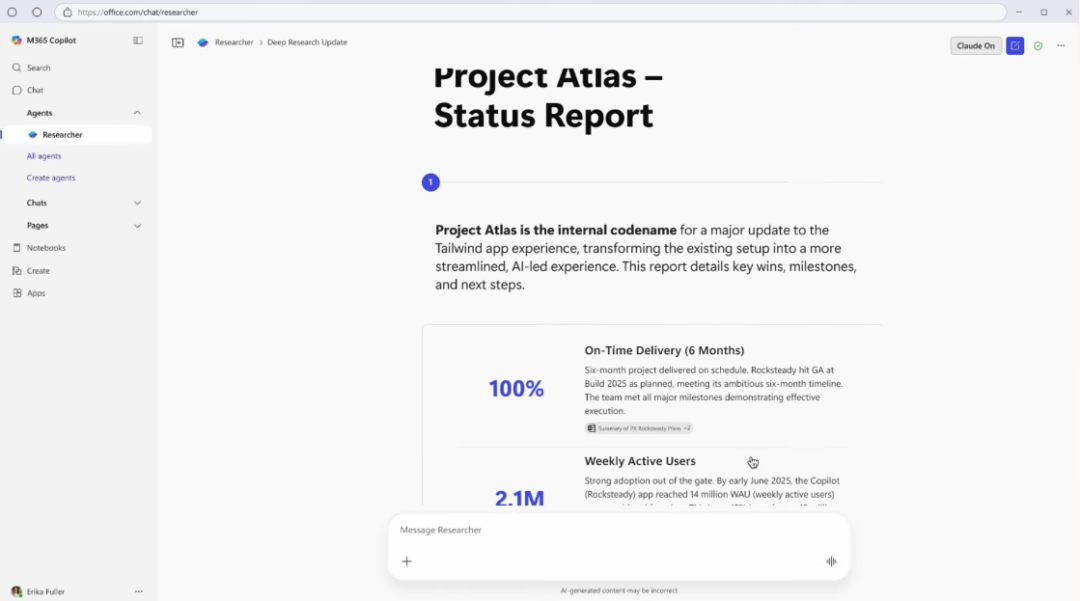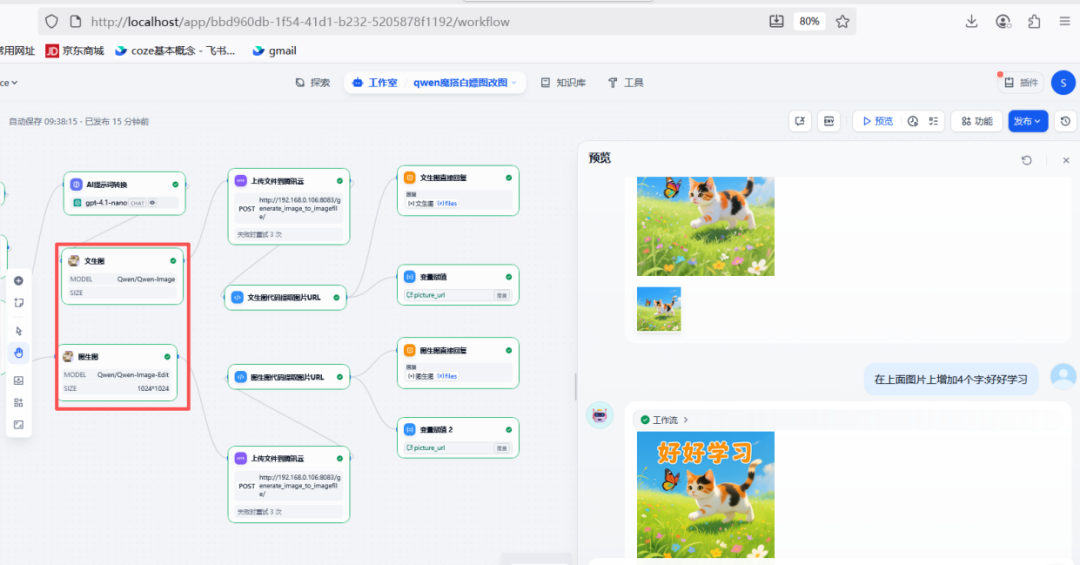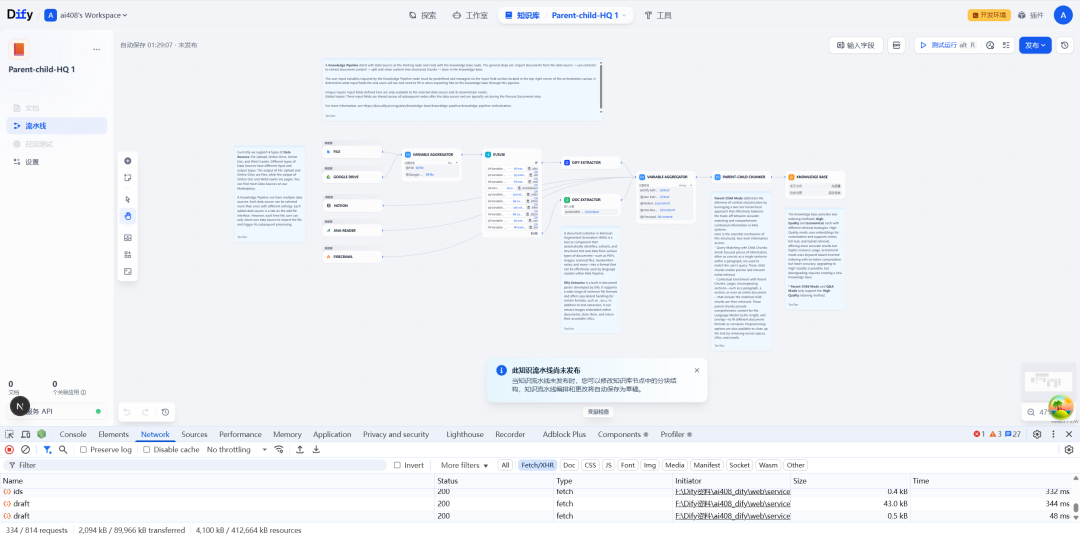Rapid growth often leads to inaccurate cash flow forecasts. finlens' AI forecasting engine improves accuracy through multidimensional analysis:
Predictive Modeling
- Machine Learning Training: Recognize patterns such as seasonal fluctuations, customer payment cycles, etc. based on historical data
- Multi-scenario simulation: Support the input of different growth rate assumptions (e.g., the case of a 20% increase in customer unit price)
- meta-analysis:: Automatic discovery of hidden correlations (e.g., cost of marketing as a function of payback period)
Elements of implementation
- every monthpredictive calibration: Feed actual data back to system optimization algorithms
- set upbuffer threshold: Recommendation to retain reserve for projected cash flow 120%
- build upEarly warning system: Automatic alerts when projected cash flow falls below 3 months of operating costs
Measured data: user enterprises' 3-month rolling forecast error rate decreased from ±25% to ±8%, and capital turnover efficiency increased by 35%.
This answer comes from the articleFinlens: AI-powered financial automation tools for startups and accountantsThe































